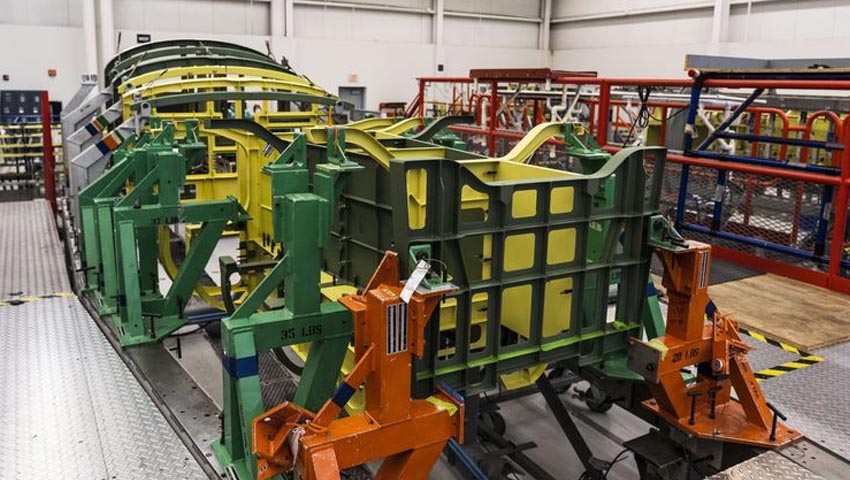Northrop Grumman has reached a major milestone in the future of Australia’s next-gen Air Force, initiating the build process for Australia’s first MQ-4C Triton, a game-changing unmanned maritime intelligence, surveillance and reconnaissance (ISR) aircraft.
In a ceremony broadcast to a virtual audience, speakers from the Australian government, Royal Australian Air Force, US Congress, US Navy and Northrop Grumman emphasised the significance of this event.
Air Commodore Terry van Haren, the RAAF’s air attaché to the Australian embassy said, "The MQ-4C Triton will be a very important ISR capability for Australia. It is ideally suited for Australian operating conditions, given its high altitude, long endurance, and impressive sensor suite. The Royal Australian Air Force looks forward to operating the MQ-4C alongside its other ISR and response aircraft such as the P8A Poseidon."
Australia is currently scheduled to receive their first ground control station in 2022 and their first of six to seven Triton air vehicles in 2023. Northrop Grumman is already building long lead items and is scheduled to begin building the airframe for Australia’s first air vehicle later this year.
Remotely flying out of RAAF Edinburgh, South Australia, the Tritons are capable of monitoring 5.2 million square kilometres in a 24-hour mission and seamlessly flying a round trip for sustained surveillance and in support of allied freedom of navigation operations in the South China Sea from the Northern Territory – increasing Australia’s interoperability with key allies, particularly the US.
The Triton is designed to operate in conjunction with Australia’s planned fleet of 12 manned P-8A Poseidon maritime patrol and anti-submarine aircraft.
US Navy Captain Dan Mackin, the US Navy's Triton program director, applauded the continued progress of the program, stating, "With much of our team working remotely, geographically dispersed, and across many time zones, I am so impressed with the continued productivity I have seen and the great work being done. Our partnership near and far remains strong as we prepare to deliver the first Triton aircraft to Australia in 2023."
The nation's Tritons provide a quantum leap in the nation’s surveillance and reconnaissance capabilities, while the facilities and crew required to operate, train and maintain will be part of the initial $1.4 billion investment, which includes $364 million on new facilities at RAAF Bases Edinburgh and Tindal (in NT).
Doug Shaffer, vice president of Triton programs at Northrop Grumman, added, "As a strategic partner in the co-operative development program, Australia is a critical part of Triton’s development and production. This game-changing system will boost Australia’s ISR capability and enable them to meet their surveillance needs to manage the world’s third largest exclusive economic zone."
The MQ-4C is a co-operative development program between the Royal Australian Air Force and the US Navy, and provides a round-the-clock maritime wide-area ISR. Operating at altitudes exceeding 50,000 feet, Triton can cover more than 2.5 million square kilometres of ocean and littorals in a single flight, bringing unprecedented awareness to commanders’ common operating pictures.
Northrop Grumman’s MQ-4C Triton unmanned aircraft system (UAS) provides real-time intelligence, surveillance and reconnaissance over vast ocean and coastal regions. Based on the proven Global Hawk UAS, Triton’s autonomous operations are supported by land-based command and control mission planners and sensor operators.
Triton will be equipped with a unique and robust mission sensor suite that provides 360-degree coverage on all sensors, providing unprecedented maritime domain awareness for the US Navy and the RAAF.
Northrop Grumman solves the toughest problems in space, aeronautics, defence and cyber space to meet the ever evolving needs of customers worldwide. The company's 90,000 employees define possible every day using science, technology and engineering to create and deliver advanced systems, products and services.








